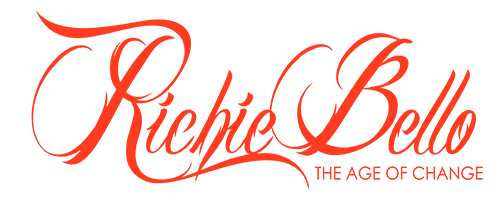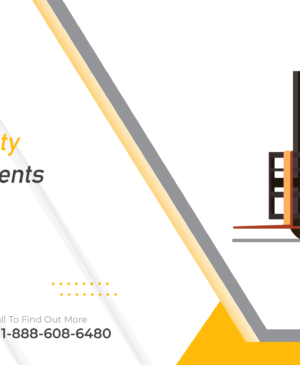How to Use Notes When Public Speaking Without Losing Your Audience
1. Look polished
Make sure any hand-held notes look crisp and professional from the audience’s perspective. Don’t bring a stack of crumpled up papers with you. Use clean pieces of white computer paper or index cards, on which the ink isn’t visible from the back of the page.
2. Write big
Write your notes in large enough font that you can simply glance at them and access the information you need. You don’t want to be squinting and scanning the page for the next thing you’re trying to say.
3. Number them
Write large page numbers on each sheet of paper or index card. That way, if they get shuffled or out of order, you can quickly find your place.
4. Practice
If your presentation requires you to stand at a podium, practice delivering the presentation so that you’re referencing your notes as rarely as possible. Your rehearsal should also prepare you for when you move to the next page. Avoid turning pages in the middle of an important idea, a quotation or a story. Look for natural breaks between main points to turn the page.
5. Plan your moves
[embedyt] https://www.youtube.com/watch?v=bwmCgOWEGC8[/embedyt]
If you’re going to be moving during the presentation (which I highly recommend), put your notes down on a table or a podium when you’re not using them, as long as you won’t need them frequently. It’s more distracting to watch you keep walking over to pick them up from a table then for you to just hold them in one hand.
6. Choose the right (or left) hand
While you’re using notes, hold them in your monodominant hand. Anchor that elbow to your waist and hold your notes firmly, with limited movement. Use your other hand to gesture. Don’t gesture with the hand holding your notes–the flapping paper or pile of cards will be a distraction to your audience.
7. Don’t read
Your notes shouldn’t serve as a script you’re reading verbatim. Look at your notes, scan them quickly, and then turn your eye contact back to the audience and resume speaking. Otherwise you’ll look like your audience is your stack of index cards.
An exception to “don’t read your notes” is when you want to make it clear that you’re deliberately reading for the sake of accuracy, such as offering an important statistic or a direct quotation. You might even signal this to the audience by saying something like, “I’d like to read our Vision Statement aloud so that we’re all clear on where we’re going.”
Make it a Champion Day!
Brandon Hardison
Champion Strategies










Leave a Reply